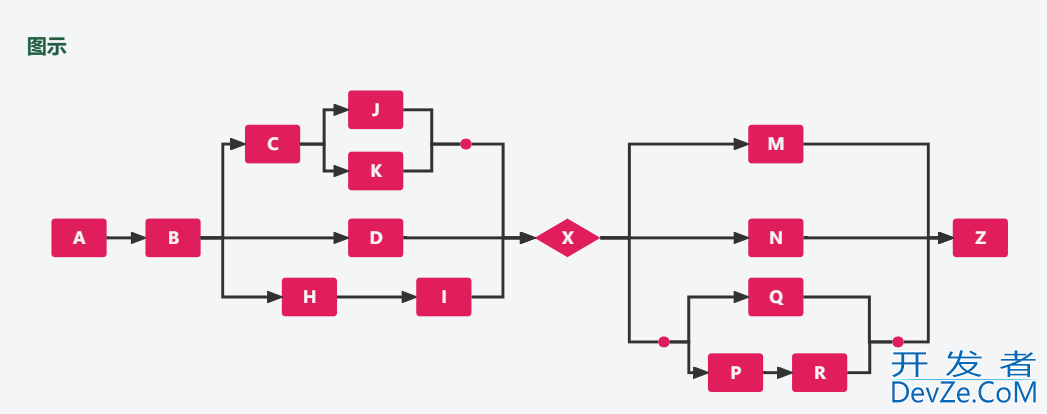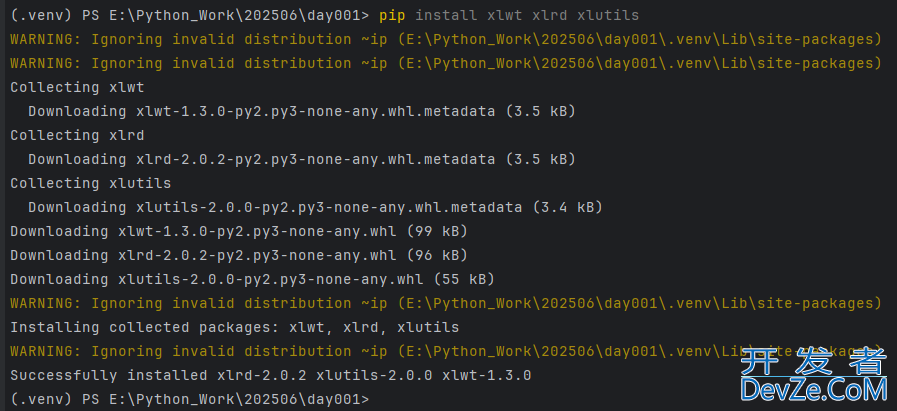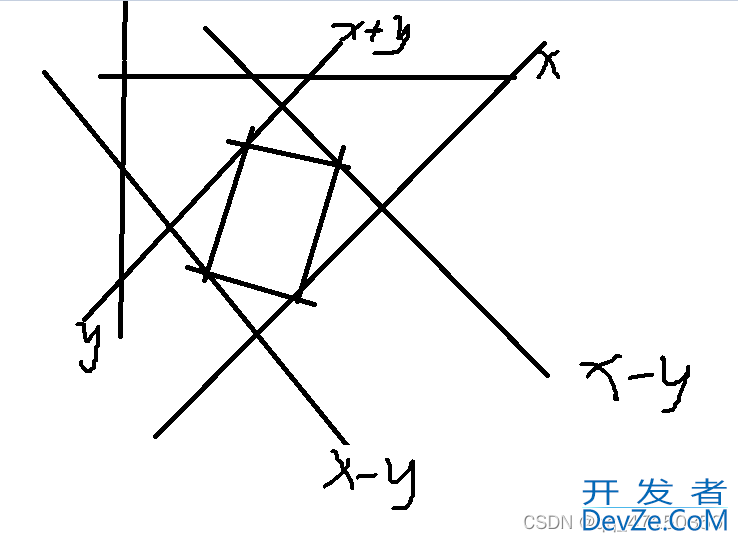目录
- 使用np.repeat()展平二维数组
- np.repeat()函数的坐标轴问题
- 二维
- 三维
在 numpy 模块中的 repeat 函数,总是会出现设置 axis 坐标轴的情况,这时的坐标轴有时候就显的十分混乱,每到此处就不知道该给 axis 什么值。特写一篇博客来详细说明这个问题。
使用np.repeat()展平二维数组
代码如下:
import numpy as np
class Debug:
def __init__(self):
self.array1 = np.array([[1, 2], [3, 4]])
def mainProgram(self):
print("The value of array1 is: ")
print(self.array1)
print("The repeated array is: ")
array2 = np.repeat(phpself.array1, repeats=1)
print(array2)
if __name__ == '__main__':
main = Debug()
main.mainProgram()
"""
The value of array1 is:
[[1 2]
[3 4]]
The repeated array is:
[1 2 3 4]
"""
我们可以看到我们输入的是一个二维数组,当我们设定 re编程客栈peats 值为 1 时,输出结果变成了一个一维数组,因此这时的 np.repeats 函数类似numpy.ndarray.flatten()函数的功能。
np.repeat()函数的坐标轴问题
接下来我们研究一下关于 axis 坐标轴的问题。
二维
对于数组是二维的情况,代码如下:
import numpy as np class Debug: def __ini开发者_JAVA教程t__(self): self.array1 = np.array([[1, 2], [3, 4]]) def mainProgram(self): print("The value of array1 is: ") print(self.array1) print("The array2 is: ") array2 = np.repeat(self.array1, repeats=2, axis=0) print(array2) print("The array3 is: ") array3 = np.repeat(self.array1, repeats=2, axis=1) print(array3) if __name__ == '__main__': main = Debug() main.mainProgram() """ The value of array1 is: [[1 2] [3 4]] The array2 is: [[1 2] [1 2] [3 4] [3 4]] The 编程客栈array3 is: [[1 1 2 2] [3 3 4 4]] """
我们可以看到,axis=0 时表示沿着y方向重复,axis=1 时表示沿着x方向重复。我们可以对比numpy数组的坐标轴表示,二维时,坐标轴为 (y, x),从左向右第一个参数 0 便代表 y 轴,1 代表 x轴。
三维
接下来我们研究一下数组是三维的情况,代码如下:
import numpy www.devze.comas np
class Debug:
def __init__(self):
self.array1 = np.array([[[1, 2], [3, 4]], [[5, 6], [7, 8]]])
def mainProgram(self):
print("The value of array1 is: ")
print(self.array1)
print("The array2 is: ")
array2 = np.repeat(self.array1, repeats=2, axis=0)
print(array2)
print("The array3 is: ")
array3 = np.repeat(self.array1, repeats=2, axis=1)
print(array3)
print("The arrayjs4 is: ")
array4 = np.repeat(self.array1, repeats=2, axis=2)
print(array4)
if __name__ == '__main__':
main = Debug()
main.mainProgram()
"""
The value of array1 is:
[[[1 2]
[3 4]]
[[5 6]
[7 8]]]
The array2 is:
[[[1 2]
[3 4]]
[[1 2]
[3 4]]
[[5 6]
[7 8]]
[[5 6]
[7 8]]]
The array3 is:
[[[1 2]
[1 2]
[3 4]
[3 4]]
[[5 6]
[5 6]
[7 8]
[7 8]]]
The array4 is:
[[[1 1 2 2]
[3 3 4 4]]
[[5 5 6 6]
[7 7 8 8]]]
"""
我们可以看到,axis=0 对应与沿着z轴重复,axis=1 对应沿着y轴重复,axis=2 对应沿着x轴重复。对比numpy坐标轴的表示,我们知道三维坐标轴为 (z, y, x),所以从左向右,0 对应z轴,1 对应 y轴,2 对应 x 轴。
到此这篇关于np.repeat()函数的具体使用的文章就介绍到这了,更多相关np.repeat()函数内容请搜索我们以前的文章或继续浏览下面的相关文章希望大家以后多多支持我们!









 加载中,请稍侯......
加载中,请稍侯......
精彩评论